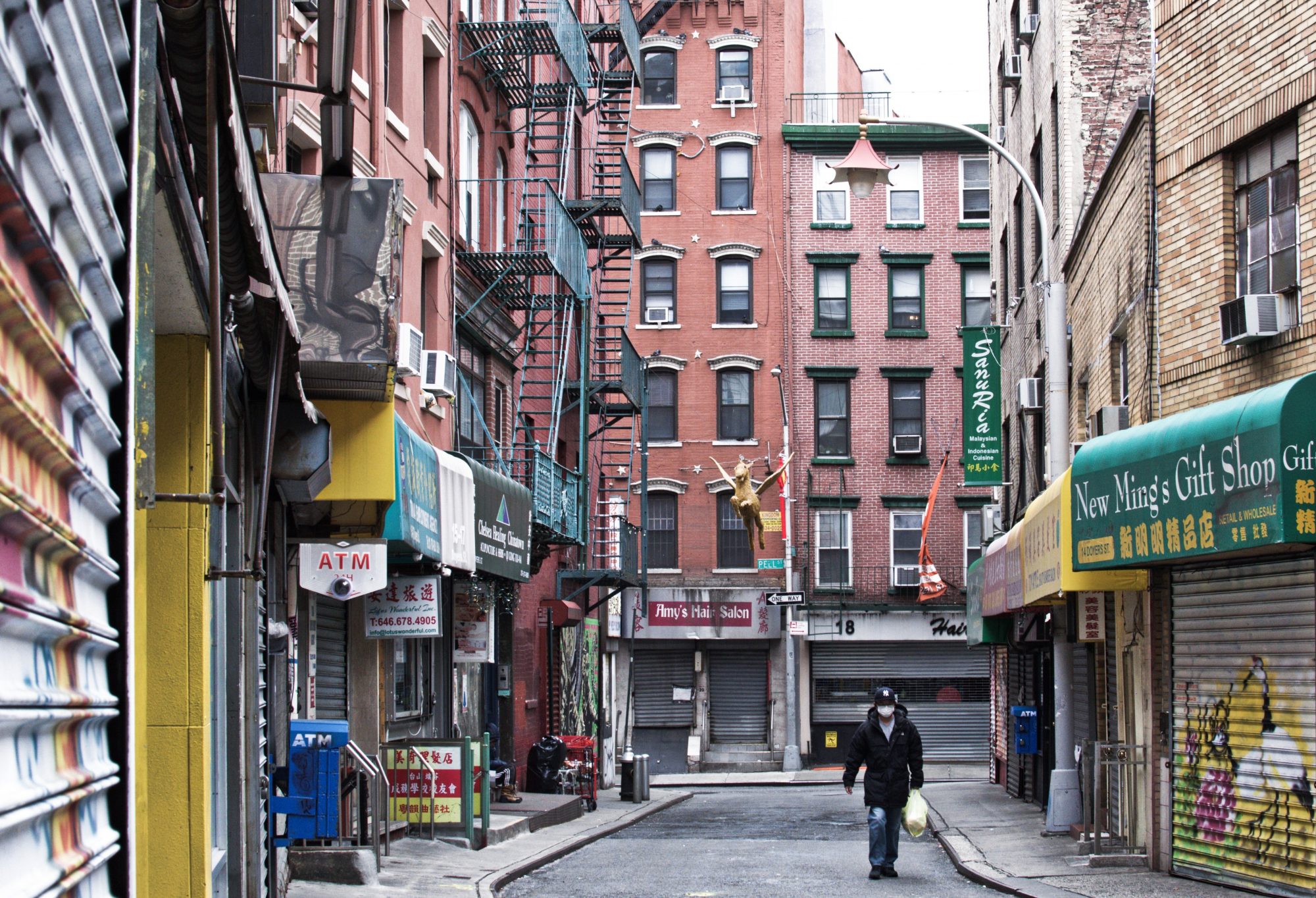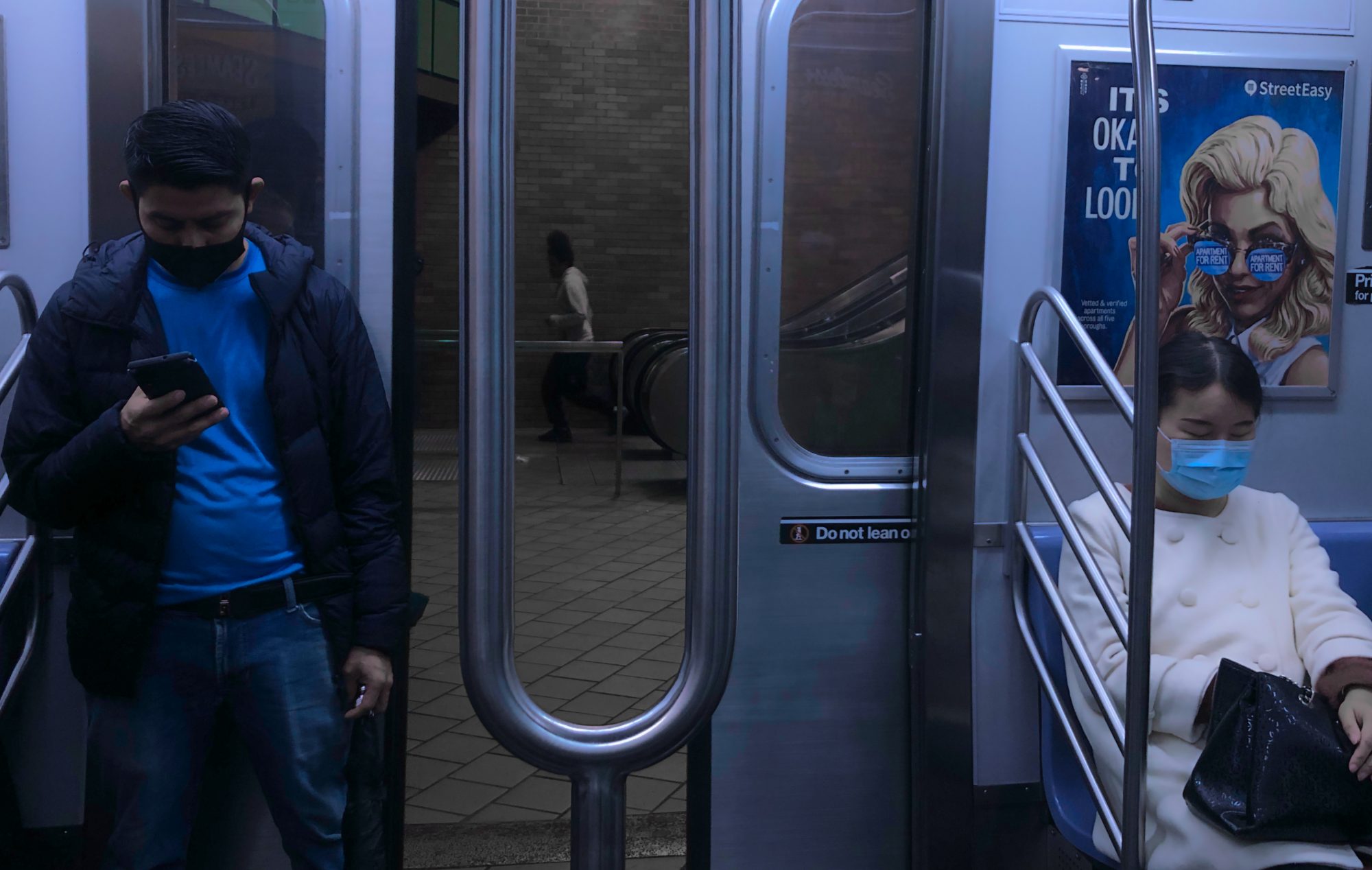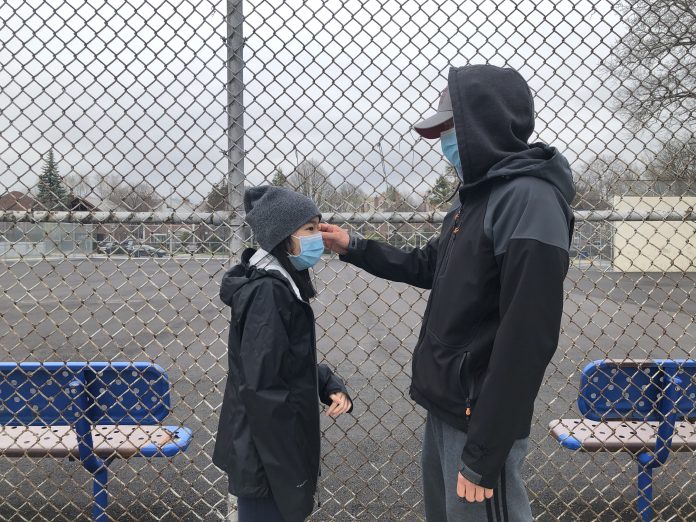Jacob Bor, Assistant Professor in Global Health and Epidemiology at Boston University School of Public Health, says COVID shed light on what he describes as “decades of neglect”
It’s springtime in the USA. The deadly winter surge of COVID-19 has subsided. Currently, 20% of Americans have been vaccinated, and we are projected to reach herd immunity by Summer. Americans are waking up to an extra $1400 in their bank accounts. And this is just the first installation of the American Rescue Plan Act of 2021, which is projected to cut child poverty in half and boost economic growth to nearly 7% this year.
In this season of optimism, with life edging back towards normal, it is tempting to ask if we can just declare victory and move on.
Doing so would be a mistake.
For one thing, we’re not out of the woods yet. We learned early in the COVID-19 pandemic that letting down our guard too soon had dire consequences, spurring second and third waves. Repealing mask mandates and opening bars and indoor entertainment venues seem particularly ill-advised. Still, as vaccine coverage improves, the risks of resurgence fall.
But perhaps the bigger argument against “just moving on” is that we have important lessons to learn from COVID-19: lessons about the root causes of ill health in the U.S. In 2020, COVID-19 was the bullet. But long-standing failures of economic, social, and health policy were the gun.
COVID-19 exposed the underbelly of American exceptionalism
Anaemic worker protections and enforcement led to high rates of workplace exposure. A healthcare system that ties people to their employers left millions uninsured when they most needed care. Decades of divestment in public health infrastructure contributed to slow ramp-up of COVID-19 testing and excess spread of the virus by people who did not know they were infected.
Poverty wages for service sector workers such as custodial staff, grocery clerks, and other frontline workers; crowded housing and segregated communities; and absence of universal paid sick leave put workers and their families at risk, and led to higher community transmission. Mass incarceration put millions at risk of infection, and immigration policy criminalised migrants and discouraged use of public services.
These factors have led to dramatic differences in exposure to COVID-19 by race and class, as well as large differences in economic impact of the pandemic and control measures.

These specific policy failures are rooted in systemic racism, rising income inequality, and the neglect of the basic obligations of government to solve collective problems and improve working people’s lives over the past 40 years.
Decades of neglect brought the country to this moment
Even before COVID-19, decades of neglect had left the U.S. with health outcomes far worse than other wealthy nations. As my colleagues and I illustrated in the Lancet Commission report on “Public policy and health in the Trump era”, published last month, 461,000 deaths would be averted each year if the U.S. had mortality rates equivalent to other G7 nations. This number – similar to the COVID-19 death count in 2020 – has increased steadily since 1980.
Even if the Biden Administration can successfully bring COVID-19 to heel, the U.S. will still be losing half a million Americans each year to premature death. These excess deaths occurred due to many of the same root causes that have led to poor control of COVID-19.
There have been some key policy successes against COVID-19. The CARES Act of 2020 was an economic lifeline to many businesses and households. In particular, the Federal unemployment insurance subsidy of $600/week through July 2020 led to marked reductions in food insecurity. Eviction moratoria have provided some temporary security against displacement. Rapid vaccine development and approval was the consequence of major public investments in discovery, development, approval, and distribution.
Still, widening inequality and extreme vulnerability experienced by so many Americans during the pandemic made clear that despite gestures of solidarity, we were decidedly not “all in this together”.
What about the American Rescue Plan (ARP)?
The President Biden’s American Rescue Plan is a sign we are starting to “learn the right lessons”. The ARP makes a sharp break – not just from the Trump Administration, but from social policy since Clinton – in reinstating a pro-poor cash welfare system. A mirror image of Trump’s $1.9 trillion tax cut for high-earners, the ARP plows an equivalent sum into the pockets of low-and middle-income Americans.

By reducing economic precarity, the ARP could have substantial impacts on population health. However, the ARP is temporary (benefits expire in 2022) and does little to change the structural inequalities that have seen wages stagnate since the 1970s.
As Americans look beyond COVID-19, we need to make sure we learn the right lessons from the epidemic, focusing on policies that reduce economic precarity and protect public health.
Jacob Bor, SD, is a Faculty Affiliate of the Boston University Global Development Policy Center’s Human Capital Initiative and an Assistant Professor in the Departments of Global Health and Epidemiology at Boston University School of Public Health.











